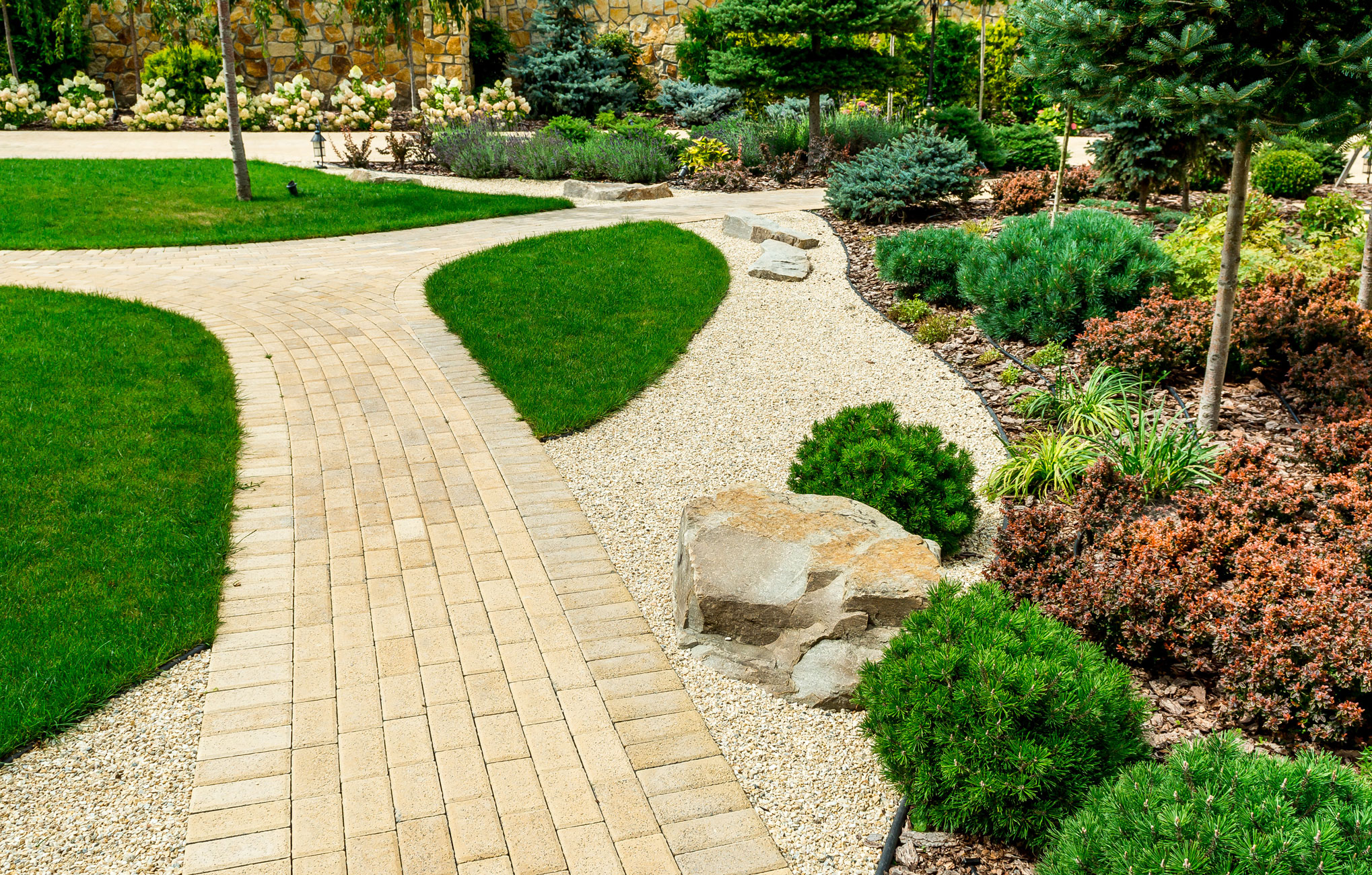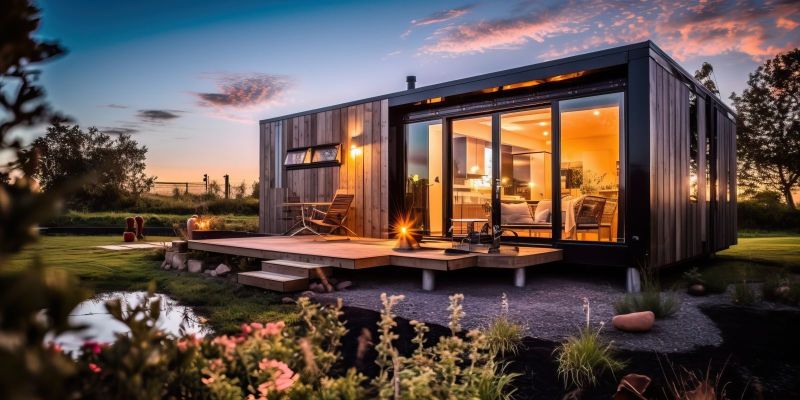When it comes to landscaping, the transformation of an ordinary outdoor space into a breathtaking masterpiece is a testament to human creativity and ingenuity. Landscaping isn't just about planting a few flowers or installing a well-placed garden gnome; it's about turning a vision into reality. In this blog, we will explore the journey from vision to reality in the world of landscaping, with a focus on how to create landscapes that truly impress.
The Power of a Vision
Every great landscaping project begins with a vision. Whether you're a homeowner looking to beautify your backyard or a professional landscape architect, having a clear vision is the first step. Your vision sets the tone and direction for the entire project.
A vision can be inspired by many things - a childhood memory of a lush forest, the serenity of a zen garden, or even the vibrant colors of a tropical paradise. The key is to let your imagination run wild and dream big. This is the time to envision what you want to see when you step out into your outdoor space.
Planning and Design
Once you have a vision in mind, it's time to bring it to life through planning and design. Professional landscape architects often use tools like blueprints, 3D models, and detailed sketches to map out their ideas. Even if you're a DIY enthusiast, a scaled sketch can help you make your vision more tangible.
Consider factors like the topography of your space, the climate in your region, and any existing elements you want to keep, such as trees or structures. Your design should harmonize with the natural surroundings while staying true to your vision.
Selecting the Right Plants
Plants are the heart and soul of any landscape. Choosing the right plants is crucial to achieving a stunning result. Take into account the climate, soil conditions, and maintenance requirements. The selection of plants should not only reflect your vision but also fit seamlessly into the ecosystem of your garden.
Consider the different layers of your landscape – from ground covers and shrubs to trees and vines. Mixing various textures, heights, and colors can create a visual feast for the eyes. Native plants are often a great choice, as they are well adapted to the local environment and require less maintenance.
Hardscaping Elements
In addition to plants, hardscaping elements play a vital role in landscaping. This includes paths, patios, fences, walls, and other structural features. The choice of materials, such as stone, wood, or concrete, can significantly impact the overall aesthetics of your landscape.
Hardscaping not only adds functionality to your outdoor space but can also provide a beautiful contrast to the softness of the plants. For example, a stone path can lead the eye through the garden, while a wooden pergola can create a cozy, shaded spot.
The Art of Balance
Balancing all the elements in your landscape is essential to creating an impressive result. Too much of one thing, whether it's plants, hardscaping, or decorations, can overwhelm the viewer. A well-balanced landscape should have a sense of harmony and unity.
Consider focal points within your landscape, such as a striking sculpture, a bubbling fountain, or a carefully pruned tree. These focal points draw the eye and add a layer of interest to your design. They serve as the icing on the cake, so to speak, in your overall landscape composition.
Maintenance and Care
Crafting a landscape that impresses isn't just about the initial creation; it's about long-term maintenance and care. All the planning and design will go to waste if you neglect your garden or outdoor space.
Regular pruning, weeding, and watering are essential. Furthermore, consider how your landscape will evolve over time. Plants grow, and hardscaping may need repairs or upgrades. Seasonal changes also bring different colors and textures to your garden. Embrace these changes and adapt your maintenance routine accordingly.
Sustainability and Environmental Considerations
In today's world, crafting landscapes that impress should also take into account sustainability and environmental considerations. Choose native plants to support local wildlife, reduce water usage with efficient irrigation systems, and minimize the use of chemical fertilizers and pesticides. By doing so, you not only create a beautiful landscape but also contribute to a healthier planet.
The Satisfaction of a Job Well Done
Creating a landscape that impresses is a journey that demands time, patience, and effort. It's a testament to your creativity and vision, and it can be an incredibly rewarding experience. The satisfaction of seeing your outdoor space evolve from a vision to reality is immeasurable.
From vision to reality, crafting landscapes that impress is a multifaceted process. It involves careful planning, thoughtful design, the right plant selection, a balance of hardscaping and softscaping, ongoing maintenance, and a commitment to sustainability. When all these elements come together, you'll have a landscape that not only impresses others but also brings joy and serenity to your own life. So, take your vision, plan it meticulously, and turn it into a breathtaking outdoor masterpiece that will leave everyone in awe.

